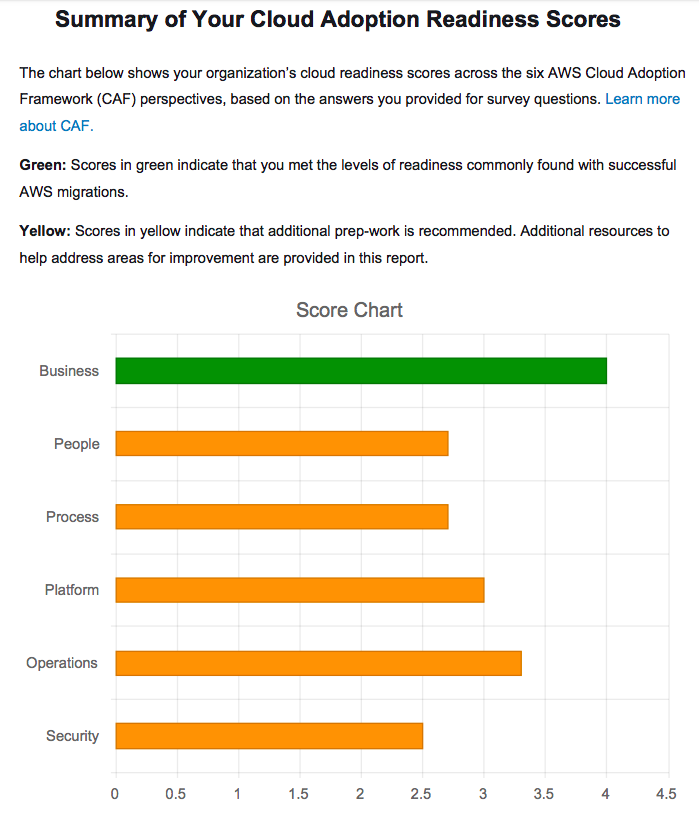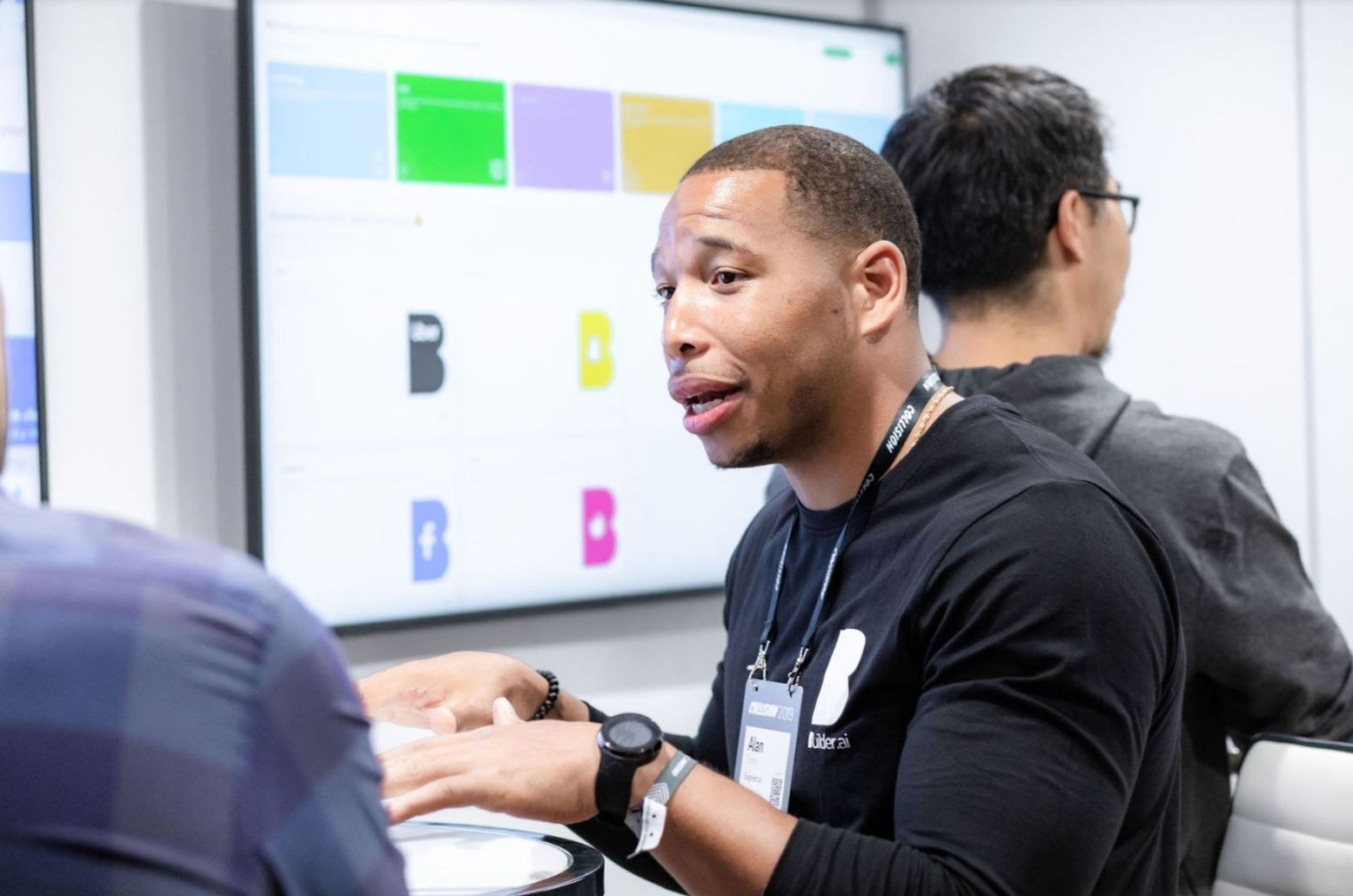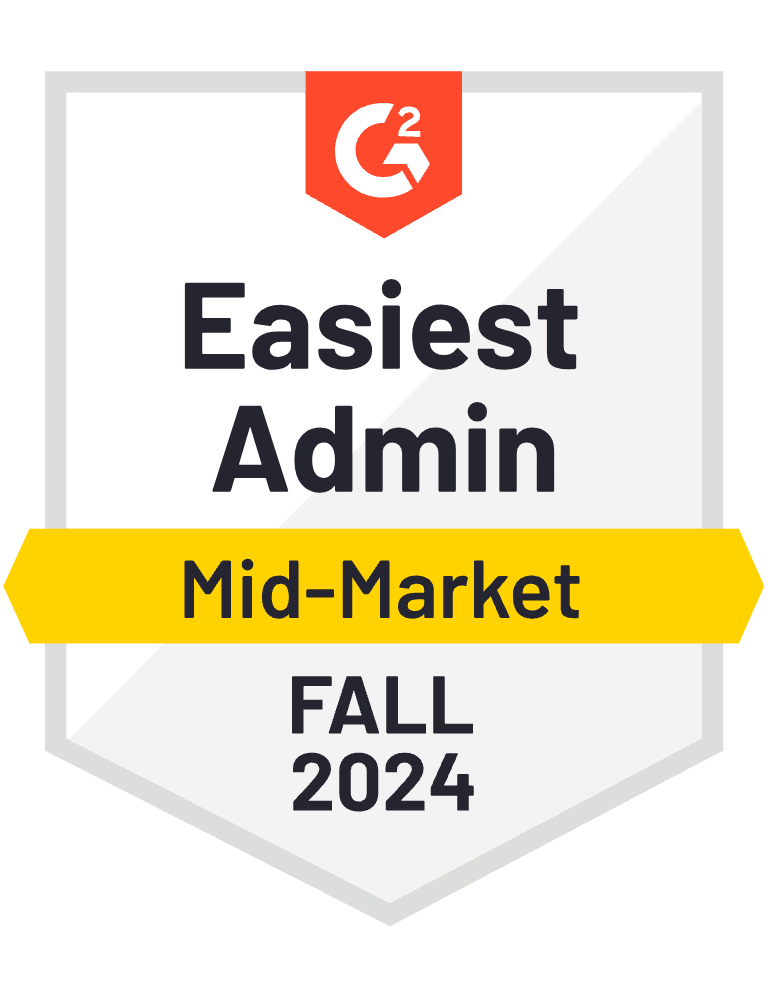Approaching your cloud adoption can make or break your transition to the cloud. So how about starting off on the right foot and doing it correctly the first time? Yes, please. We’ll show you how below.
Let’s start off with this question: what is cloud adoption, anyway? Cloud adoption is a framework utilized by companies to increase the scalability of digital dataset capabilities which at the same time reduces cost and risk. To achieve this goal, businesses participate in cloud computing or using remote servers hosted digitaily to store, manage and process their critical business data.
What are the three steps to migrating to AWS cloud?
According to AWS, “The three-phase migration process is designed to help your organization approach a migration of tens, hundreds, or thousands of applications. While each phase is a common component of a successful migration, they are not discrete phases, but an iterative process.”
What’s more, “As you iterate and migrate more applications, you will be able to drive repeatability and predictability in processes and procedures, and find that the migration process accelerates. Our comprehensive portfolio of AWS migration tools and our mature third-party migration tooling ecosystem provides automation and intelligent recommendations based on AWS machine learning to simplify and accelerate each step of the three-phase migration process.”
Step #1 Assess
Here, you want to determine your organisation's current readiness for operating in the cloud. Just like other forms of development, your organization should identify goals and develop the business case for migration. You’re not transitioning to the cloud without a business justification--let your objectives be known.
Step #2 Mobilize
After confirming your individual business case for your cloud migration, you’re going to mobilize your migration plan. Your organization should address gaps in your organization’s readiness uncovered in the assess phase with a focus on building your baseline environment (the “landing zone”). Additional goals here also include driving operational readiness and developing cloud skills.
Step #3: Migrate & modernize
Next comes the fun part. During the last [migrate and modernize] phase, each of your business applications are designed, migrated and validated. How? The AWS Migration Hub of course. It allows you to quickly get progress updates across all of your migrations, easily identify and troubleshoot any issues, and reduce the overall time and effort spent on your migration projects.
What steps do we follow for the clients during the process? Well, by helping you determine and improve your cloud adoption readiness score. How? Let’s review it together below.
The AWS Cloud Adoption Framework (AWS CAF) organizes guidance into six areas of focus, called perspectives. Each perspective covers distinct responsibilities owned or managed by functionally related stakeholders. In general, the Business, People, and Governance Perspectives focus on business capabilities; while the Platform, Security, and Operations Perspectives focus on technical capabilities. Check out a sample table of cloud adoption readiness scores below.

Are you ready to make the most of your cloud? Make sure you sign up with Builder Cloud today. Not ready to make the jump? Follow along on social media and stay in touch with the enthusiastic and knowledgeable Builder team.
Stories published by the editorial team at Builder.ai.














 Facebook
Facebook X
X LinkedIn
LinkedIn YouTube
YouTube Instagram
Instagram RSS
RSS


